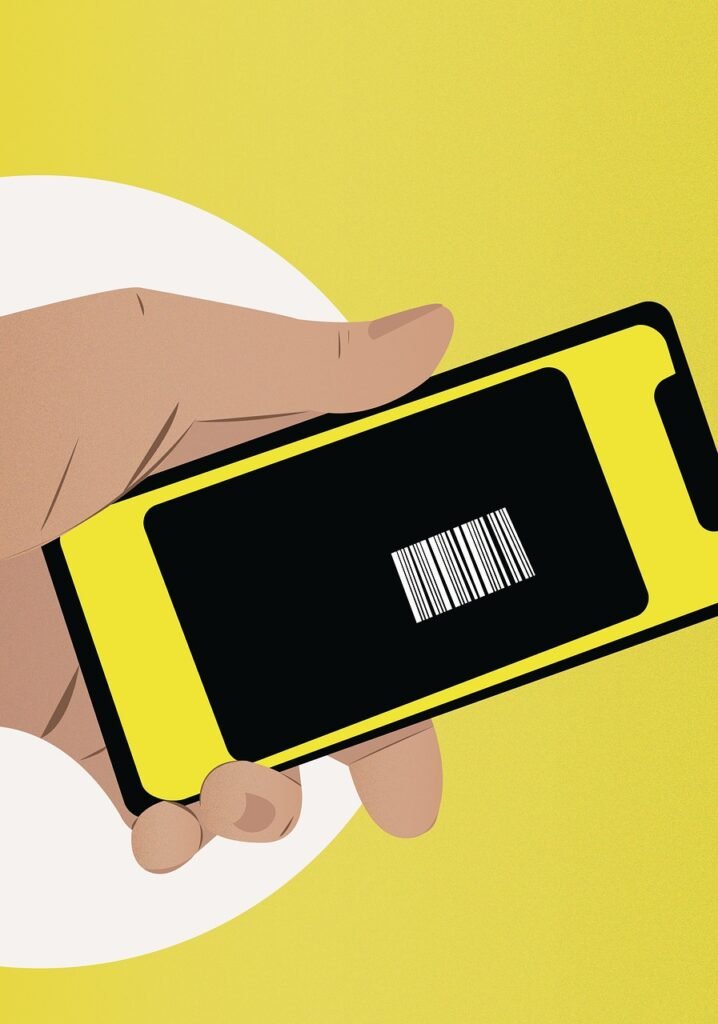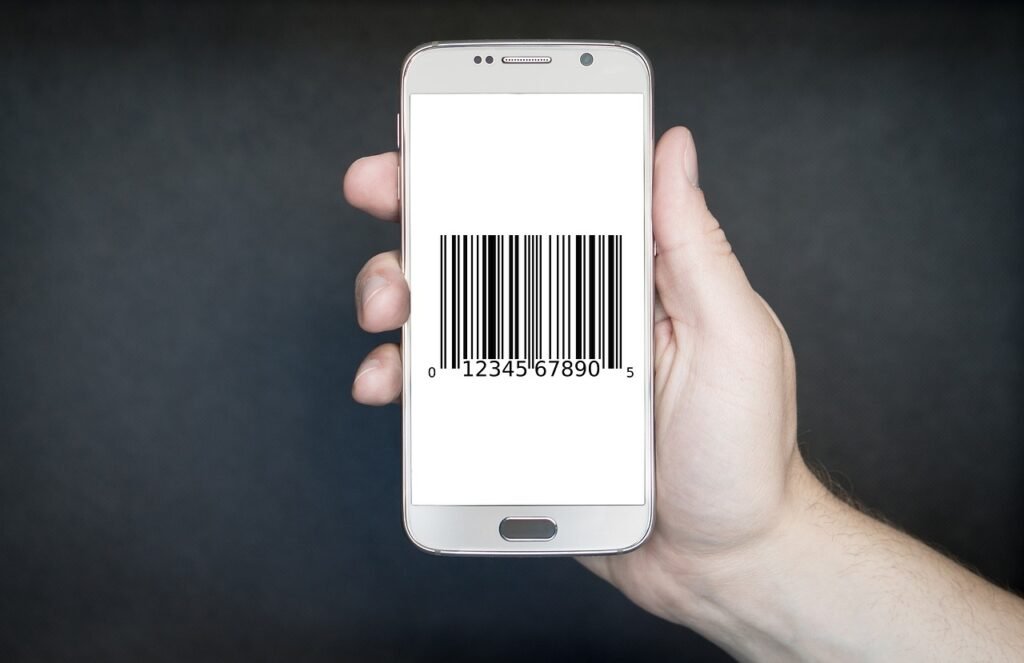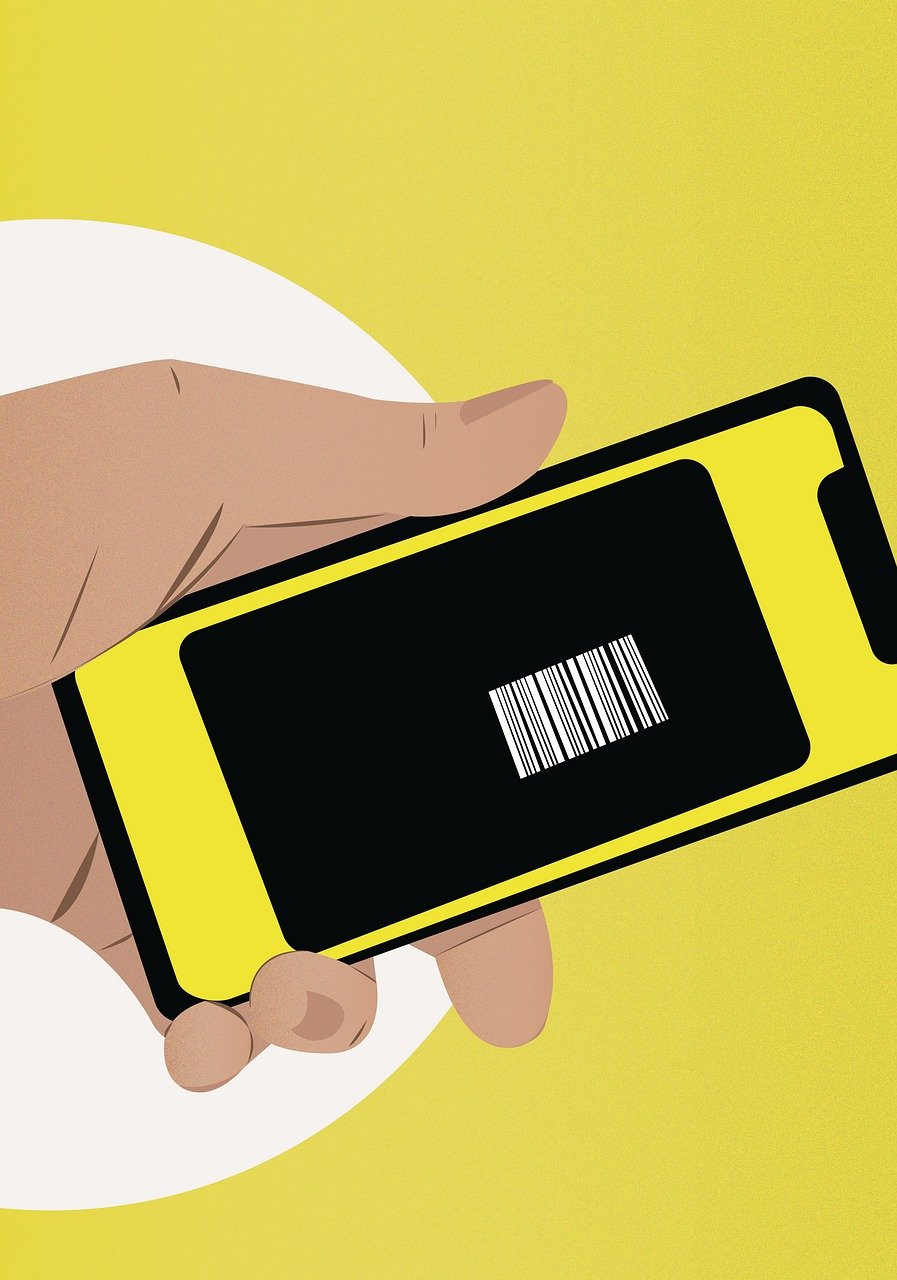In today’s fast-paced world, contactless payment options have become increasingly popular among businesses. With the rise of digital wallets and mobile payment apps, customers are now able to make quick and hassle-free transactions without the need for physical cash or card swiping. But how exactly can businesses take advantage of these contactless payment options? By embracing technologies such as NFC (Near Field Communication) and QR codes, businesses can streamline their payment processes, enhance customer experiences, and stay ahead of the competition. In this article, we will explore the various ways in which businesses can leverage contactless payment options in their operations to unlock new opportunities for growth and success.

Benefits of Contactless Payment
Convenience for Customers
Contactless payment provides utmost convenience for customers, eliminating the need for cash or physical cards. With just a simple tap or wave of their mobile devices or contactless-enabled cards, customers can make payments quickly and easily. There is no longer a need to fumble for cash or swipe a card, making the checkout process seamless and efficient.
Increased Efficiency
By adopting contactless payment systems, businesses can significantly increase their operational efficiency. These payment methods are typically faster than traditional cash or card transactions, allowing for shorter queues and reduced waiting times. In turn, this boosts customer satisfaction and encourages repeat business.
Reduced Costs
Contactless payments can also lead to cost savings for businesses. By minimizing the need for cash handling, which often involves additional security measures, businesses can save on security expenses. Moreover, implementing contactless payment systems can reduce errors associated with manual cash handling and decrease the need for physical paper receipts, thus streamlining accounting processes.
Implementing Contactless Payment Systems
Identifying the Right System
When implementing contactless payment systems, it’s crucial to identify the right solution that aligns with your business needs and customer preferences. Consider factors such as compatibility with your existing infrastructure, ease of integration, and the scalability of the system.
Choosing the Right Technology Provider
Selecting the right technology provider is paramount to ensure the success of your contactless payment implementation. Look for providers with a proven track record in the industry, robust security measures, and a user-friendly interface. It is also important to evaluate their customer support and reliability, as well as their ability to adapt to emerging technologies and industry trends.
Ensuring Data Security
With the increasing prevalence of digital transactions, data security is a top concern for businesses and customers alike. When implementing contactless payment systems, it is crucial to ensure that stringent security measures are in place to protect sensitive customer information. This includes encryption protocols, tokenization, and regular security audits to detect and address any vulnerabilities.

Promoting Contactless Payments
Educating Customers
To encourage the adoption of contactless payment methods, businesses should actively educate their customers on the benefits and ease of using these payment options. This can be done through various channels, such as in-store signage, social media campaigns, and dedicated website sections. Providing step-by-step guides or tutorials on how to set up and use contactless payment options can help alleviate any concerns or confusion.
Offering Incentives
Incentivizing customers to use contactless payment methods is an effective way to drive adoption. Offering discounts, loyalty rewards, or exclusive promotions for customers who choose to pay with contactless methods can be a powerful motivator. By highlighting the added benefits and savings they can enjoy, businesses can encourage customers to make the switch.
Partnering with Payment Networks
Collaborating with payment networks can provide businesses with added exposure and incentives for customers to use contactless payment. Partnering with popular payment networks can ensure that your business is visible within their digital wallets or mobile payment apps. This partnership can also provide access to joint marketing campaigns and special offers, further promoting the use of contactless payments.
Enhancing Customer Experience
Faster Transactions
Contactless payments enable faster and more seamless transactions, enhancing the overall customer experience. With shorter payment processing times and reduced interaction with payment terminals, customers can complete their purchases quickly and move on with their day. This ease of use can lead to increased customer satisfaction and loyalty.
Reduced Waiting Times
Long waiting times at checkout counters can lead to frustration and potential loss of business. By implementing contactless payment systems, businesses can reduce waiting times significantly. With faster transactions and minimal time spent handling cash or swiping cards, the checkout process becomes more efficient, allowing customers to complete their purchases swiftly.
Improved Customer Satisfaction
Providing a seamless and convenient payment experience contributes to overall customer satisfaction. By adopting contactless payment methods, businesses show a commitment to keeping up with technological advancements and customer preferences. This commitment to customer-centricity can lead to positive word-of-mouth recommendations and repeat business.

Adapting to Changing Consumer Behaviors
Addressing Hygiene Concerns
In light of recent events, hygiene and safety have become top priorities for customers. Contactless payments inherently reduce physical contact and exchange of cash, minimizing the potential spread of germs. By offering contactless payment options, businesses can provide customers with a safer and more hygienic payment experience.
Meeting Customer Expectations
Consumer expectations are continuously evolving, with an increasing demand for contactless and digital solutions. Businesses that fail to adapt risk falling behind and losing customers to competitors who offer contactless payment options. By embracing these technologies, businesses can demonstrate their commitment to customer satisfaction and stay relevant in an ever-changing market.
Staying Ahead of the Competition
Implementing contactless payments can give businesses a competitive advantage. By adopting the latest payment technologies, businesses can differentiate themselves from competitors who still rely on traditional payment methods. This can attract tech-savvy customers who prioritize convenience and efficiency and position businesses as leaders in their industry.
Streamlining Operations with Contactless Payments
Reducing Cash Handling
Traditional cash handling processes can be time-consuming and prone to errors. Adopting contactless payment systems reduces the need for cash handling, minimizing the risk of human error and streamlining operations. This enables businesses to allocate resources more efficiently, focusing on core activities rather than cash management tasks.
Simplifying Accounting Processes
Traditional cash-based accounting often involves manual entry and reconciliation, which can be labor-intensive and error-prone. With contactless payments, transactions are automatically recorded and logged digitally, simplifying the accounting process. Businesses can leverage software integrations that sync payment data directly into accounting systems, reducing manual intervention and improving accuracy.
Tracking and Analyzing Customer Data
Contactless payment systems provide valuable insights into customer purchasing behavior. Businesses can leverage this data to understand customer preferences, identify trends, and tailor their offerings accordingly. By tracking and analyzing customer data, businesses can make informed decisions to optimize marketing strategies, inventory management, and overall business operations.
Expanding Market Reach
Attracting Tech-Savvy Customers
Tech-savvy customers appreciate businesses that keep up with modern technologies. By offering contactless payment options, businesses can attract this demographic and position themselves as forward-thinking and customer-oriented. This can help expand the market reach and attract new customers who value convenience and innovation.
Catering to International Customers
Contactless payment systems often support various currencies and can accommodate international transactions. This enables businesses to cater to a broader customer base, including tourists and global travelers. By providing convenient and familiar payment options, businesses can remove barriers to purchase and capture a larger share of the international market.
Enabling Remote Transactions
Contactless payment options extend beyond physical stores and can be leveraged for remote transactions. This includes online purchases, mobile app payments, and even ordering goods and services for delivery. By adopting contactless payment options, businesses can tap into the growing trend of online and remote shopping, expanding their reach beyond brick-and-mortar locations.
Security Considerations
Implementing Authentication Measures
To ensure the security of contactless payments, businesses should implement robust authentication measures. This may include two-factor authentication, biometric authentication, or verification checks to prevent unauthorized usage. By requiring additional layers of authentication, businesses can protect customer data and minimize the risk of fraudulent transactions.
Securing Payment Networks
Payment networks play a critical role in securing contactless transactions. Businesses must work closely with payment networks and technology providers to implement stringent security protocols. This includes encrypting sensitive data during transmission, regularly updating security protocols, and implementing firewalls and intrusion detection systems to safeguard payment networks and customer information.
Educating Employees on Fraud Prevention
Employees should be well-trained to identify and prevent fraudulent activities related to contactless payments. Providing comprehensive training on recognizing suspicious transactions, monitoring for signs of fraud, and reporting incidents promptly is essential. By educating employees, businesses can establish a strong defense against potential fraudulent activities and ensure the integrity of contactless payment systems.
Addressing Barriers to Adoption
Infrastructure Requirements
One significant barrier to adopting contactless payments is infrastructure readiness. Businesses need to ensure that their payment terminals, software systems, and networks can support contactless transactions. Upgrading or replacing outdated infrastructure may be necessary to enable seamless integration and acceptance of contactless payments.
Government Regulations and Compliance
Businesses operating in various jurisdictions may encounter different regulations concerning contactless payments. It is important to understand and comply with local regulations, such as data privacy laws and financial regulations. Engaging legal counsel and staying abreast of regulatory changes can help businesses navigate the complexities of compliance and ensure a smooth implementation.
Providing Support for Older Customer Base
While younger generations are more likely to embrace contactless payments, businesses must also consider older customers who may be less familiar or comfortable with these technologies. Providing support and education tailored to this demographic can help bridge the gap and encourage adoption. This may include dedicated customer service channels, clear and concise instructions, and patient assistance during the transition.
Integration with Other Systems
Integrating with Point of Sale (POS) Systems
Seamless integration with point of sale systems is vital for effective contactless payment implementation. Businesses should choose contactless payment solutions that easily integrate with their existing POS systems. This ensures a smooth payment experience for both customers and employees, minimizing disruptions and reducing the chance of errors during the payment process.
Connecting with Customer Relationship Management (CRM) Tools
Integrating contactless payment data with customer relationship management (CRM) tools offers businesses a holistic view of customer behavior. This linkage allows businesses to personalize marketing efforts, create targeted loyalty programs, and offer tailored incentives based on customer preferences. By leveraging CRM tools, businesses can build stronger customer relationships and drive customer loyalty.
Utilizing Customer Loyalty Programs
Contactless payment systems provide an opportunity for businesses to integrate and enhance existing customer loyalty programs. By linking payment transactions to loyalty accounts, businesses can automatically accrue rewards, offer personalized discounts, and tailor promotions based on customer spending patterns. This synergy between contactless payment and loyalty programs can foster customer engagement and incentivize repeat purchases.
In conclusion, businesses can leverage contactless payment options to enhance customer convenience, improve operational efficiency, and gain a competitive edge. By implementing the right system, partnering with technology providers, promoting adoption, and ensuring data security, businesses can streamline operations, expand market reach, and elevate the customer experience. Contactless payments not only address changing consumer behaviors but also offer benefits such as reduced costs, improved security, and efficient transaction processing. By embracing this technology, businesses can future-proof their operations and stay ahead in today’s rapidly evolving digital landscape.
